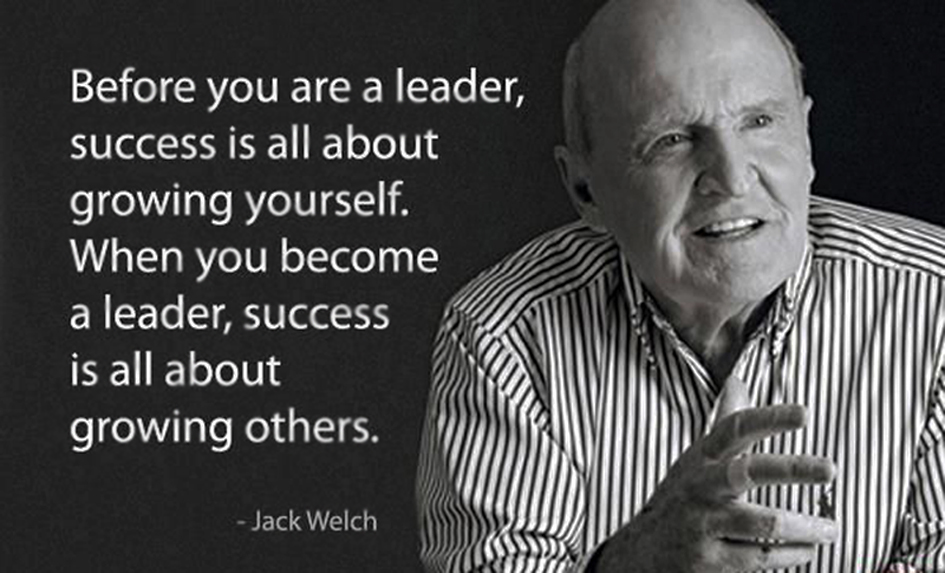
“For-Profit” Organizations: How Corporate Social Responsibility is the Catalyst for Growth
Previous Post
Author: Kris Chennaiah, MBA, PMP
I recall my early years in the field of IT transformation, where I witnessed common bureaucratic practices that isolated leadership from the Team: the impetus behind the organization’s growth.
In most IT projects, the managers were far removed from the dynamics of the team, and resorted their role to delegating daily tasks with tight deadlines. Their priorities would constantly shift leading to unclear direction, frustration, and muddling of the project’s original intent. Soon enough, talented colleagues would become discouraged and leave the organization, as projects were suddenly “discontinued” or recycled into “new” projects with a completely separate set of objectives.
As I matured, I realized the success of the project commands every member’s equal emphasis, and this requires greater social facilitation. As members of the team exercise greater collaboration toward brainstorming ideas and sharing in the project’s success, this synergy resulted in a general sense of optimism and motivation among the team – the primer for positive growth.
This renewed motivation pays dividends in the way of improving the firm’s learning, project success and efficiency, and retaining of top talent, all which lead to a sustained competitive advantage … and it starts with …
Leadership
Leaders are the enablers of effective teaming. When individuals work together as a team, facilitated by a leader who promotes trust and inclusiveness, they feel empowered to contribute greater value and perform at a higher caliber.
Effective teaming also enables organizations to become more competitive within their industry. As teams comprised of diverse members connect over broad-based experiences, they facilitate the onset of new ideas and insights aligning to the project’s goals and objectives. The outcome is a creative solution that provides optimal value to the organization and its customers, and that could not be had without the empowerment, inclusiveness, and diverse skill sets and thinking that went into it.
The effectiveness of the leader to manage individual personalities, strengths and ambitions is paramount to influencing the team’s development process over the project’s lifecycle. Today, organizations seek to retain a diversity of talented employees that can perform well under pressure and as part of a team. Therefore, leadership must establish structure, standard practices, and the care and flexibility required to instill trust, reduce anxiety, and enable quality working relationships in a healthy workplace environment.
Lessons in Leadership from the Past
In the 1980s, General Electric (GE), now the world’s largest energy company was facing bankruptcy over years of mismanagement and turnover. Jack Welch, who started as a junior chemical engineer, noted the causes of these issues were fueled by GE’s bureaucratic structure, traditional command-and-control management practices, and a general lack of trust among all levels of employees.
Welch was frustrated by this because he knew that low employee morale equated to low employee confidence and trust. When employees were not valued for their differences, they performed at the bare minimum just to get by. Years later, when Welch took charge of GE as CEO, he quickly dismantled the nine-level bureaucratic system, uniting employees with management. Subsequently, he established a learning culture, as implied through his phrase: “integrated diversity” which represented “the elimination of boundaries between businesses and the transferring of ideas from one place in the company to another.” Within a decade, Welch had completely transformed a failing business to a global success, and it started with leadership.

Today, the key to GE’s success is largely attributed to Welch’s leadership strategy that empowered teams through sharing of ideas, and the resulting synergy that led to the company’s growth.
Unlike the business strategy of old that relies on market-concentrated activities, the leveraging of dwindling resources, and cutthroat practices, today’s advantage lies within the Tone at the Top, and that manifests itself in the form of effective teaming, accelerated growth and competitive advantage.
Leave a Reply